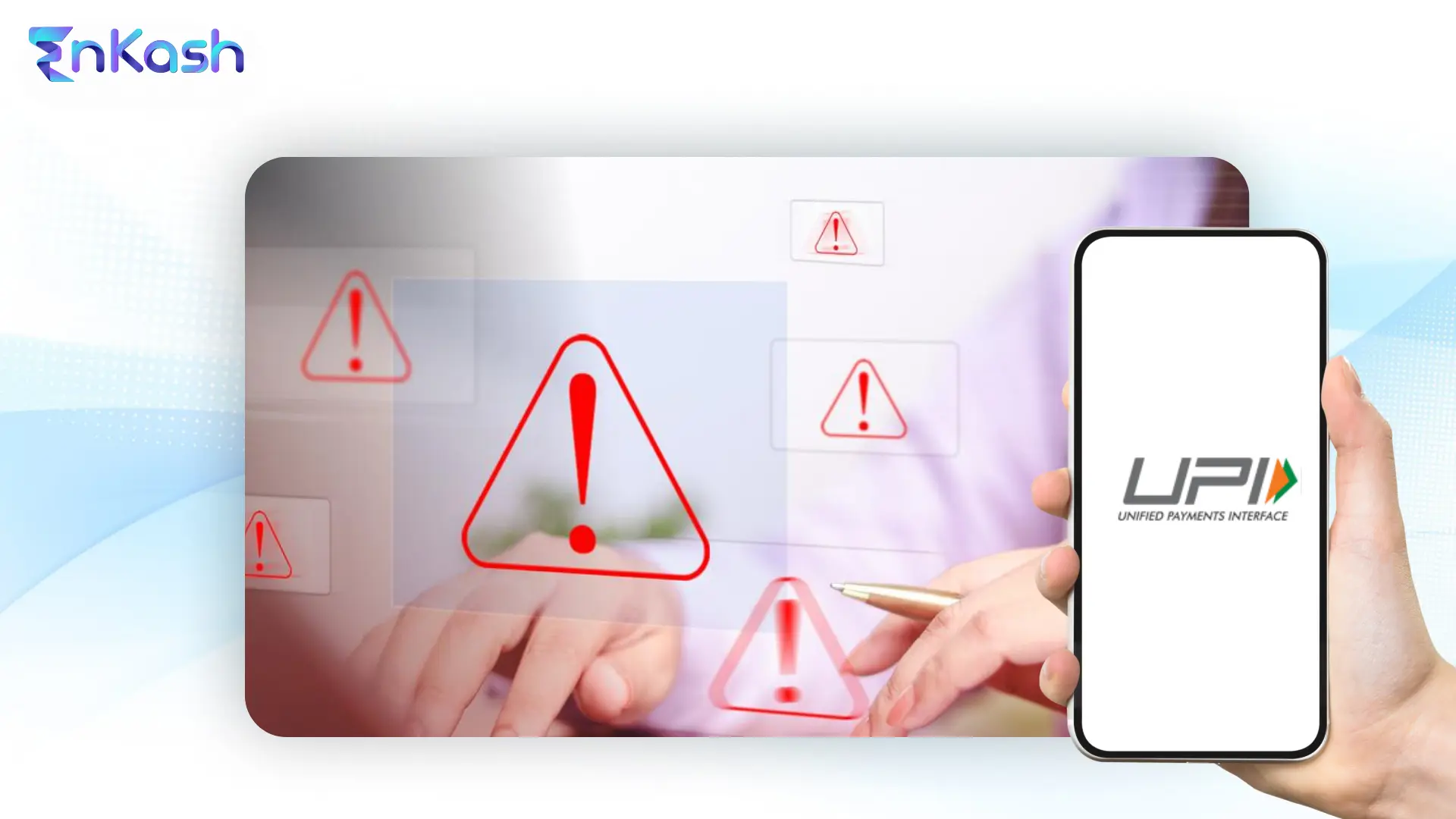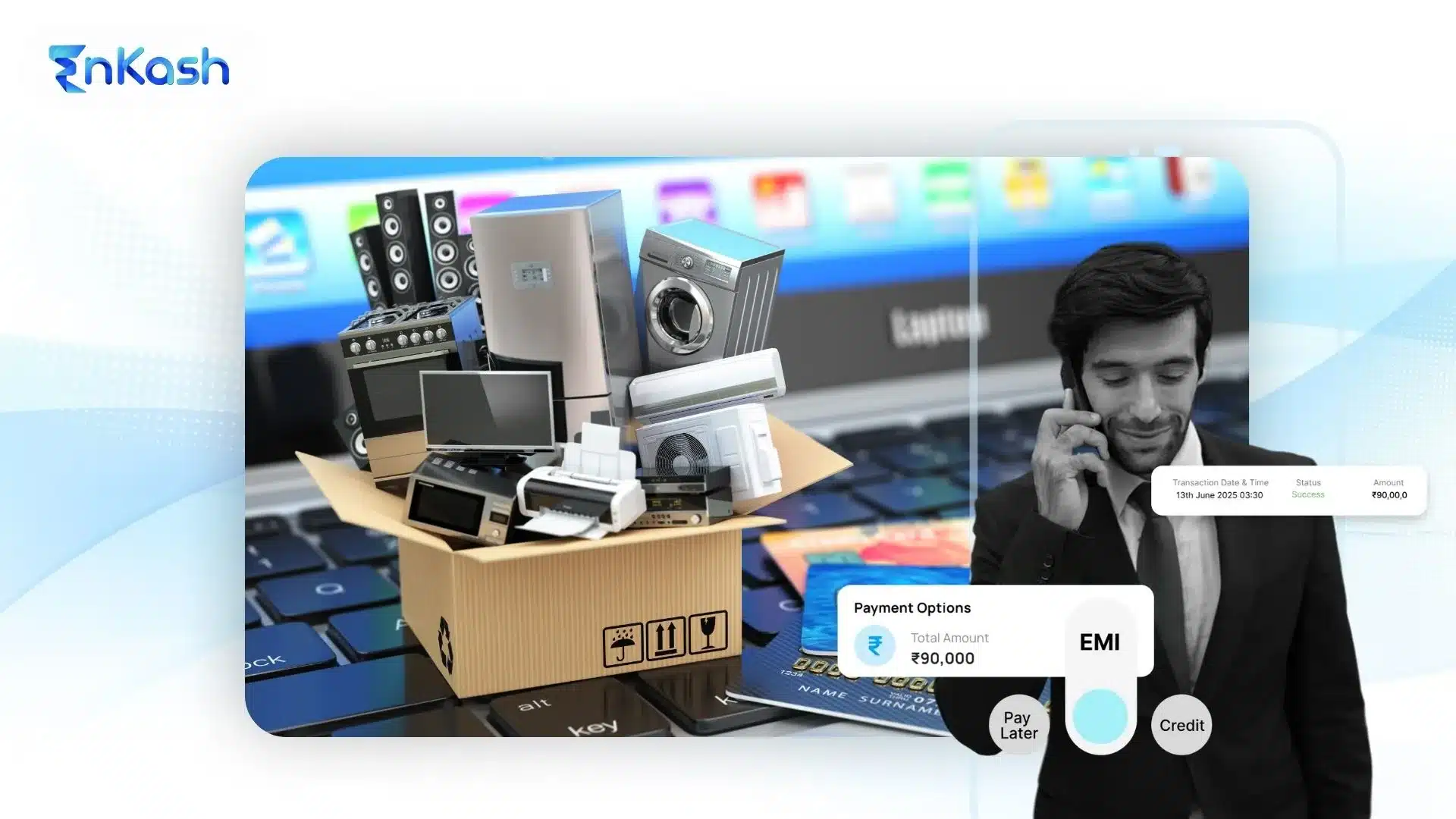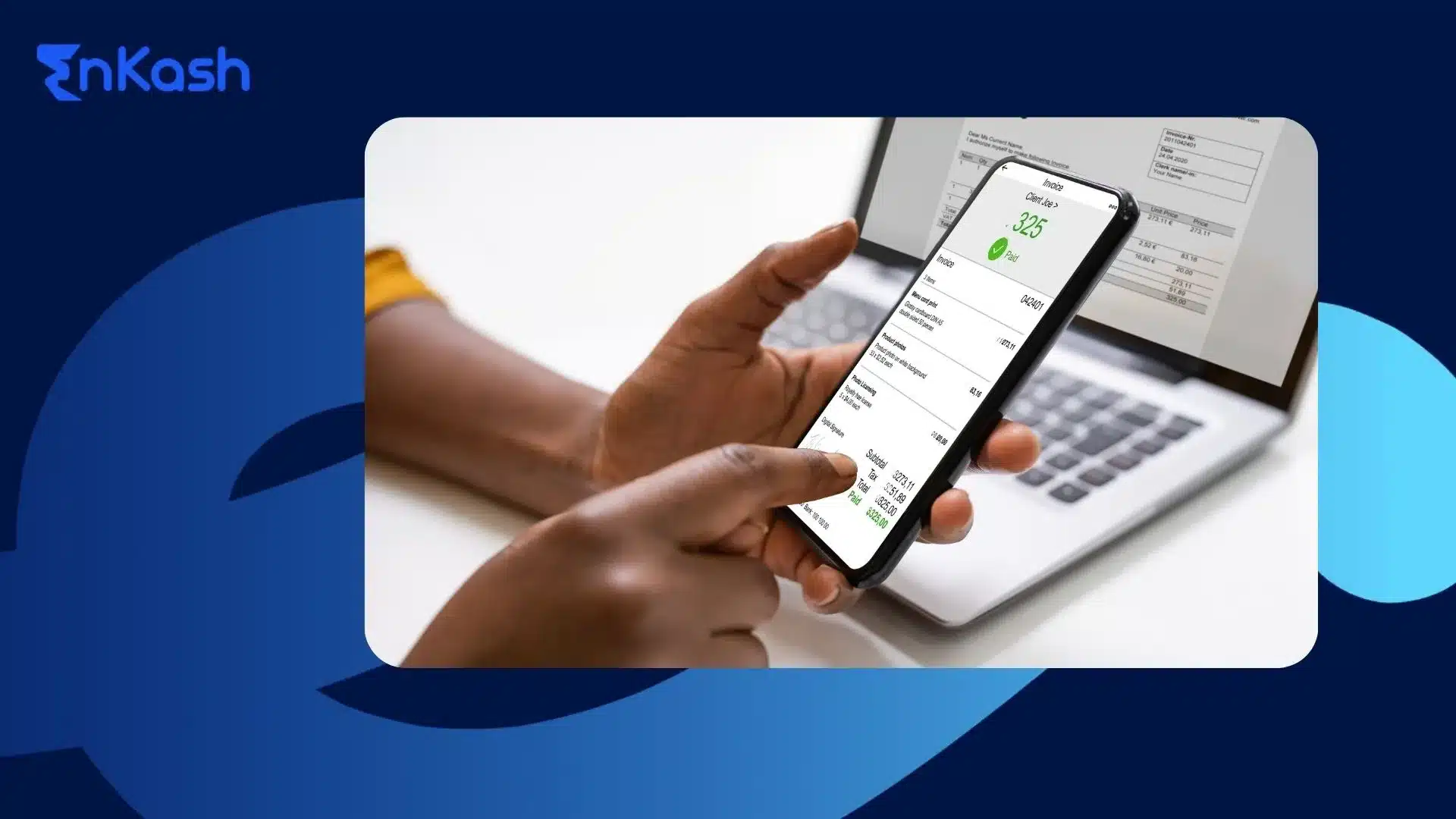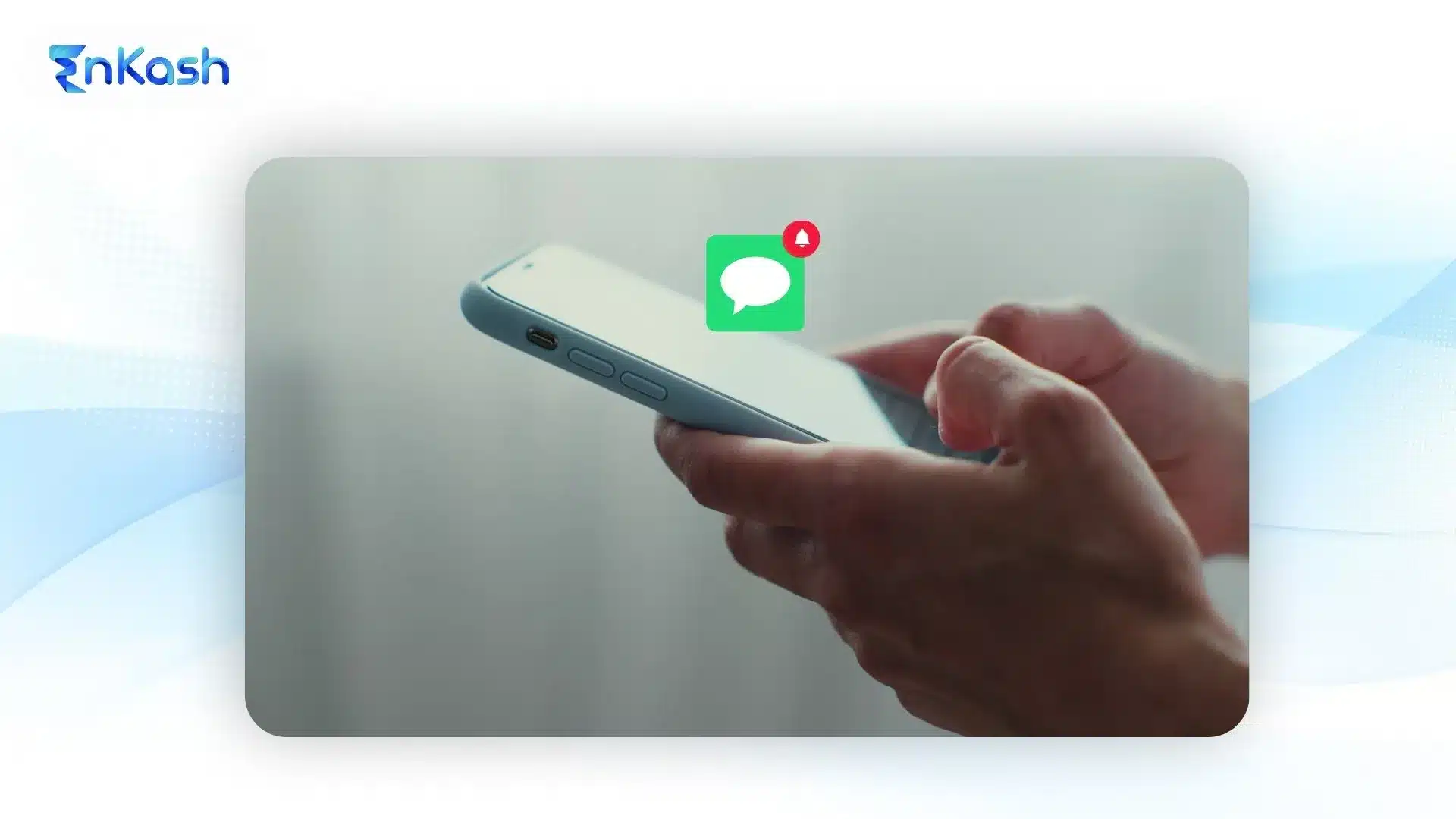Introduction: When UPI Goes Wrong, It Goes Fast
One tap. A wrong ID. A fake confirmation. The money’s gone and the helpline is suddenly silent.
For a lot of business owners today, whether you’re selling online, taking orders over WhatsApp, or running a small outlet, UPI has become the default way to get paid. It’s quick, free, and your money reflects in seconds. But that speed comes with a real cost: one wrong tap, and your money could land in the wrong hands with a low chance of coming back.
What’s worse, UPI fraud isn’t just a one-off problem anymore. It’s happening every day, sometimes through phishing links, sometimes via fake payment screenshots, and sometimes because a delivery staff member trusts what a customer says. Whether it’s ₹500 or ₹50,000, once that amount leaves your account, the clock starts ticking. Every hour of delay can reduce your chances of recovery.
What is UPI Fraud and How It Happens
UPI fraud isn’t always complex. Most scams rely on speed, misplaced trust, or just a few seconds of distraction. For businesses handling dozens of transactions daily through delivery apps, QR codes, or payment links, those few seconds can cost thousands.
Here are the most common ways MSMEs fall victim to UPI-related fraud:
1. Fake Payment Screenshots
This is one of the most frequent tricks used on ground staff, especially during deliveries. A fraudster pretends to make a payment, shows a convincing-looking screenshot, and walks away with the goods. Days later, when reconciliation happens, the payment is nowhere to be found.
- Where it happens: COD deliveries, food orders, in-store pickups
- Why it works: Many staff don’t cross-verify balances instantly
2. Phishing Links Pretending to Be From Payment Apps
A fraudster might send a WhatsApp or SMS with a UPI refund link or a fake payment confirmation URL, mimicking apps like PhonePe or Google Pay. The moment the link is clicked, sensitive details are captured or worse, money is silently debited.
- Where it happens: Post-sales, refund disputes, vendor onboarding
- Why it works: The design and sender name often look legit at first glance
3. QR Code Replacement During Deliveries or Store Visits
Sometimes, fraudsters physically replace QR codes outside shops or on delivery packaging. The unsuspecting customer pays, but the money goes to the scammer’s account.
- Where it happens: Restaurants, small shops, roadside kiosks, and COD deliveries
- Why it works: Businesses assume the printed QR is always theirs
4. Impersonation: Fraudsters Posing as Bank or UPI App Officials
Someone calls claiming to be from “UPI customer care,” saying there’s a problem with the account or a pending KYC. They ask for an OTP or remote access and siphon off money before the merchant realizes what’s happening.
- Where it happens: After onboarding with a new app or when support tickets are raised
- Why it works: Fraudsters sound convincing and use urgency as leverage
5. “Request Money” Scams via UPI Collect Requests
The scammer sends a collect request instead of a payment. If the business isn’t paying attention and hits “Approve,” money gets deducted instead of being received.
- Where it happens: Bulk orders, fake vendor setups, freelance platforms
- Why it works: In a rush, people don’t notice the “Pay” vs “Receive” indicator
6. Wrong UPI Transactions (Not Always Fraud, But Still a Loss)
Sometimes the issue isn’t a scam; it’s human error. Entering the wrong UPI ID or sending funds to the wrong contact can cause irreversible losses, especially if the receiver doesn’t respond or refuses to return the money.
- Where it happens: Vendor payments, salary transfers, refunds to customers
- Why it hurts: No direct recovery path exists unless the recipient cooperates
First 24 Hours: Why Speed Matters in UPI Fraud Recovery
When a UPI transaction goes wrong, whether it’s fraud or a mistaken transfer, every minute counts. UPI payments are instant, which means the money is already with the recipient by the time you realise something’s off. If that account isn’t reported or flagged quickly, it may be emptied or moved to another layer of mule accounts, making recovery far more difficult.
In many cases, recovery hinges on one simple thing: whether the receiving bank is able to freeze the funds in time. The sooner you act, the higher your chances.
Here’s what businesses should do within the first hour, ideally:
Step 1: Block Your UPI Access
Immediately disable your UPI functionality to prevent further unauthorized access. You can do this by:
- Call your bank’s customer support and ask them to block UPI services
- Logging in to your bank’s app or net banking and disabling UPI transactions temporarily
- Removing linked accounts or signing out of your UPI apps (PhonePe, GPay, etc.)
Even if the fraud was a one-off, this precaution avoids additional damage while you assess what went wrong.
Step 2: Collect Every Detail
Before filing a complaint, gather all possible transaction data. This includes:
- UPI Transaction ID or UTR number
- Time and date of the transaction
- Amount sent
- Recipient UPI ID or phone number
- Any screenshots or payment messages
- The app used (PhonePe, Paytm, BHIM, etc.)
You’ll need these for every recovery or complaint process.
Step 3: File a UPI Fraud Complaint
Once you have the details, report the fraud without delay. Whether it’s a fake screenshot scam or a wrong UPI entry, the recipient bank can only act if it’s alerted early. The goal is to get the transaction flagged while the money is still parked in the scammer’s account. After 24–48 hours, most fraud accounts go dormant or are drained completely, which makes recovery extremely unlikely.
How to Raise a Complaint for UPI Fraud
Once the money is gone, there’s no time to second-guess. The recovery process isn’t automatic; it only starts when you raise a complaint through the right channels. If you delay this, banks and authorities won’t have the window they need to act.
Step 1: Report via the UPI App (PSP/TPAP)
All UPI apps, including Google Pay, PhonePe, Paytm, BHI,M offer an in-app dispute mechanism except for “amount debited but not credited,” “fraudulent transaction,” or “wrong UPI ID” issues:
- Open the app → go to Transaction History → select the disputed transaction → choose the option like “Report Issue,” “Raise
- Dispute,” or “Having Issues?” → Select the relevant category and provide details. This feature is supported across all platforms.
- Submission via the app produces a ticket/reference number that should be noted for follow-up.
Step 2: Contact the Bank Holding the Account
The bank linked to the sender’s account can assist in raising a complaint or initiating a refund request, but chargeback mechanisms in UPI are limited and depend on whether the recipient’s bank can freeze funds.
- Call customer support or visit a branch, provide the transaction ID, amount, UPI ID of the recipient, etc.
- Ask for a complaint reference number or ticket ID for record-keeping.
Step 3: File a Complaint with the NPCI / UPI Dispute Redressal Mechanism
If the issue isn’t resolved at the app or bank level:
- Visit the official NPCI UPI Dispute Redressal page.
- Log in or register → Choose “Transaction” complaint type → fill in transaction ID, date, amount, bank and app used, and a brief comment.
- Upload a copy of the bank statement as proof if required.
Step 4: Report the Case on the National Cybercrime Portal (cybercrime.gov.in)
Cybercrime reporting is strongly recommended in cases involving fraud or large amounts.
- Log in to the portal → select “Financial Fraud” under complaint types.
- Provide transaction details, screenshots, UPI IDs, phone numbers, etc.
The complaint will be routed to the local cybercrime police unit for investigation.
Additional Steps if Needed:
- For unresolved complaints beyond 30 days, escalation to NPCI or the Banking Ombudsman under RBI guidance is advisable.
- Filing an FIR at a local police station may further strengthen the case, especially when fraud or large sums are involved.
What is the UPI Fraud Recovery Process?
Once a complaint is filed, whether through the UPI app, your bank, or the cybercrime portal, the recovery process moves into the internal review phase. At this stage, the outcome largely depends on how quickly the fraud was reported and whether the recipient’s account still holds the funds.
Here’s how it usually plays out:
Step 1: Internal Review by the App or Bank
Once a complaint is raised, the app (Google Pay, PhonePe, Paytm, etc.) typically begins by verifying:
- Whether the transaction was technically successful
- If the issue falls under operational error, system glitch, or possible fraud
- Whether the receiver’s bank can be contacted for a hold or reversal
If the issue is outside the UPI app’s direct scope (e.g., fraud, impersonation, phishing), they’ll escalate it to the bank or advise you to go via the cybercrime portal.
The bank that holds the sender’s account also initiates a parallel investigation to:
- Contact the recipient’s bank
- Place a lien or freeze if the funds are still available
- Decide whether a chargeback or reversal is applicable
Step 2: RBI Guidelines on Reversal or Recovery
Banks and UPI apps follow the NPCI and RBI’s framework for digital transaction grievances. As per RBI rules:
- If the transaction is a customer error (e.g., wrong UPI ID entered), recovery is only possible if the recipient agrees to return the money
- If it’s a proven fraud and funds are still in the recipient’s account, banks may attempt to freeze or initiate a reversal of the transaction after internal due diligence
- In both cases, users must be informed of progress, and escalation to NPCI or the Ombudsman is allowed if unresolved
The critical factor: funds must still be in the recipient’s account. If the scammer has withdrawn or moved the money, recovery becomes nearly impossible.
Step 3: Settlement Timelines
The average timeline for UPI fraud resolution depends on the route taken:
Channel |
Expected Timeline |
|---|---|
UPI App / PSP |
3–7 working days |
Bank Investigation |
Up to 10 working days |
NPCI Escalation |
15–21 working days |
Cybercrime / Police |
Case-by-case basis, it can stretch beyond a month |
These are indicative timelines. In reality, many MSMEs don’t get clear follow-ups unless they push either through escalations or formal complaints.
Read More: How to File Wrong UPI Transactions Complaints?
UPI Scam Refund Process
Once a UPI fraud complaint is filed and the recovery process begins, the immediate question is whether there’s any real chance of getting the money back.
There’s no guaranteed outcome, but what happens next largely depends on how far the money has already moved.
If the Recipient’s Account Still Holds the Money
If the funds haven’t yet been withdrawn or moved out of the scammer’s account, your bank or UPI app can request the recipient bank to freeze the account. In such cases, the chances of recovery are significantly higher, sometimes up to 80–90% if action is taken within the first few hours.
Refunds in this scenario may be processed through:
- Chargeback via UPI app: After review, the app initiates a reversal
- Bank-led reversal: Your bank coordinates directly with the recipient’s bank
- Manual credit by the recipient bank (in case of wrong credit or account mismatch)
If the Money Has Been Moved Out
If the recipient (or scammer) has already withdrawn or transferred the money to another account, wallet, or converted it to cash, banks cannot force a refund. In such cases, the refund depends entirely on the investigation outcomes by law enforcement or the cybercrime cell.
What you’ll need:
- A formal complaint on cybercrime.gov.in
- Screenshots and proof of transaction
- Possibly an FIR, especially if the amount is large or part of repeated fraud
How Refunds Might Be Processed (If Approved)
Refund Method |
Who Initiates It |
When It Works |
|---|---|---|
UPI App Chargeback |
App Provider (GPay, etc.) |
For tech-related disputes/fraud |
Bank Reversal |
Sender’s Bank |
If funds still exist & freeze works |
NPCI Resolution |
NPCI via Dispute Cell |
On escalation beyond app/bank |
Legal/Court Order |
Police/Court Authorities |
If FIR is filed and case is resolved |
What the RBI Guidelines Say About UPI Fraud Complaints
It’s often assumed that banks or apps will reverse a fraudulent transaction if flagged early. But the RBI’s guidelines decide how much of the loss the customer is responsible for and whether a refund applies.
These rules are based on a framework introduced by the Reserve Bank of India in July 2017, titled “Customer Protection – Limiting Liability of Customers in Unauthorised Electronic Banking Transactions.” The same applies to UPI, internet banking, mobile wallets, debit cards, and other digital platforms.
Your Liability Depends on Two Things:
- How fast can you report the fraud
- Whether your actions contributed to it (e.g., clicking a phishing link, sharing your UPI PIN or OTP, etc.)
Zero Liability (Full Refund)
You’re entitled to a full refund if:
- The fraud happened without any fault on your part, and
- You reported it to the bank or UPI provider within 3 working days
Example: If money was debited due to a backend breach or unauthorized access without your involvement.
Limited Liability (Partial Refund)
If you report the fraud after 3 days but within 7 working days, your refund will be limited to a fixed amount, based on RBI’s thresholds for different account types.
Also, if you unknowingly compromised your information (by entering UPI PIN on a fake app, clicking a malicious link, etc.), the RBI may consider this customer negligence, which lowers refund eligibility.
Full Liability (No Refund)
You are not eligible for any refund if:
- The fraud occurred due to clear negligence on your part (like sharing UPI credentials), and
- You reported it after 7 working days
This is where most refund claims fall apart.
Bank Timelines for Refund
As per the RBI:
- Banks must resolve complaints within 90 days
- If you’re eligible, the refund should be processed within 10 working days of confirming your liability status
MSME Tip:
Even if the fraud is genuine, the outcome depends on how your case fits into this framework. Many MSMEs lose money simply because they miss the reporting window or unknowingly compromise their security.
How to Prevent UPI Frauds in the Future
By the time a fraud hits your account, it’s already too late to reverse the damage in many cases. That’s why prevention is often your only real protection, especially for MSMEs running on tight margins and high transaction volumes.
These basic steps can go a long way in lowering your chances of getting hit by UPI fraud.
Use a Separate UPI-Linked Bank Account
Keep a dedicated business account for UPI transactions. Ideally, it should have low daily/transaction limits and be used only for receiving customer payments. This helps contain damage if the account is ever compromised.
Set Daily Transaction Limits
Most banking apps allow you to set your transaction caps. Lowering the daily limit for outgoing UPI transfers from your business account can act as a speed bump if something goes wrong.
Don’t Click on Links from SMS or WhatsApp
Fraudsters often send fake payment requests or cashback offers through SMS or WhatsApp links. Never click on these, even if they appear to be from trusted platforms. If it came as a link, treat it as a red flag.
Stick to Verified Apps Only
Download your UPI apps (Google Pay, PhonePe, Paytm, BHIM, etc.) only from the official Play Store or App Store. Avoid third-party APKs or app links forwarded by others. Many frauds start with cloned or fake versions of popular apps.
Train Staff Who Handle Payments
Whether it’s your delivery rider, billing counter executive, or store manager, anyone handling UPI payments should be trained on basic fraud red flags. Teach them not to rely on what the customer shows or says.
Be Cautious with QR Codes
This one’s more common than people think: a fraudster says, “I need a refund,” and shows a QR code to scan. But that QR code is a collect request, not a refund.
QR codes shared by customers. Refunds should always be issued from your side, not theirs.
MSME Tip:
Think of UPI fraud prevention like shoplifting control. You won’t stop everything, but you can make yourself a harder target. That alone filters out most casual or opportunistic fraudsters.
Conclusion
UPI has made business faster but also riskier. And while the system itself is secure, frauds often happen because of human lapses, misplaced trust, or clever social engineering. For Indian MSMEs handling dozens (or hundreds) of UPI payments a day, even a single wrong transaction can hit margins, disrupt vendor relationships, or complicate account books.
There’s still a way forward if you act fast. You can take control. The faster you act, the better your odds of recovering the amount. Knowing how to raise a UPI fraud complaint, what the RBI guidelines say about liability, and which steps to take in the first 24 hours can make a real difference.
And if you’re building processes to prevent it, by doing things like limiting UPI balances, setting up proper staff training, or sticking to official apps, you’ll reduce your exposure in the long run.
UPI fraud recovery isn’t guaranteed. But doing nothing guarantees a loss. Act fast. Document everything. Keep pressure on the system. That’s your best shot.
FAQs
1. What is UPI fraud recovery?
UPI fraud recovery refers to the process of trying to get your money back after a fraudulent or mistaken UPI transaction, whether it’s phishing, fake QR codes, or wrong UPI entries. It usually involves filing a complaint with the UPI app, your bank, and the cybercrime portal.
2. How to get money back from UPI fraud?
To improve your chances of recovery:
- Immediately block UPI access through your UPI or bank app.
- Report the fraud in your UPI app.
- Call 1930 and file a complaint on cybercrime.gov.in under “Financial Fraud.”
- Inform your bank and collect a complaint reference number.
3. How to report UPI fraud?
Start with your UPI app:
- Google Pay – Go to Help & Support → Raise Dispute.
- PhonePe – Contact Support → Report Fraud.
- Paytm – 24×7 Help → Report Transaction Issue.
- BHIM – Use the in-app complaint option.
Then:
5. Contact your bank.
6. Call at 1930.
7. File a complaint at cybercrime.gov.in.
4. What is the UPI scam refund process?
Once your complaint is registered:
- The UPI app or bank will conduct an internal review.
- If the recipient’s account still holds the money, a chargeback may be initiated.
- If not, you may need to go through the police or legal channels.
Refunds, if they happen, may come through:
- Chargeback
- Bank mediation
- Legal intervention
Refund timelines vary anywhere between 7 days and 3+ weeks.
5. What is the UPI fraud complaint process as per RBI?
RBI’s guidelines say customer liability depends on:
- How quickly the fraud was reported.
- Whether the user was negligent (e.g., shared PIN or clicked a fake link).
- Whether the bank responded within the stipulated timelines.
You’re entitled to a zero-liability refund if you report within 3 working days and were not at fault.
6. How to raise a complaint for UPI fraud?
Follow these 4 steps:
- Report the transaction in your UPI app.
- Call your bank and get a ticket ID.
- File a cybercrime complaint at cybercrime.gov.in with UPI ID, transaction details, and screenshots.
- Call 1930 (National Helpline for Financial Cyber Fraud) to escalate it and alert the system.
7. What if I sent money to the wrong UPI ID?
This counts as a wrong UPI transaction, and while not technically fraud, you should:
- Report it immediately to your UPI app and bank.
- File a cybercrime complaint if needed.
- Act fast to increase the chances of freezing the funds.
8. Can a fraudulent UPI transaction be reversed?
Yes, but only if you act quickly.
- If the money hasn’t moved from the recipient’s account, reversal is possible.
- If it has, the case becomes more complex and may require legal or police follow-up.
- Refunds aren’t automatic; it depends on timing, documentation, and app/bank response.
9. What is the typical UPI fraud recovery process?
Here’s how it usually goes:
- You report the fraud immediately.
- The app and bank begin internal checks.
- The recipient account may be frozen or flagged.
- The bank applies RBI liability rules.
- Refund is processed (if eligible).
- Expect a timeline of 7–21 working days, though more serious cases can take longer.








